Enter Sandman: Australia's van culture
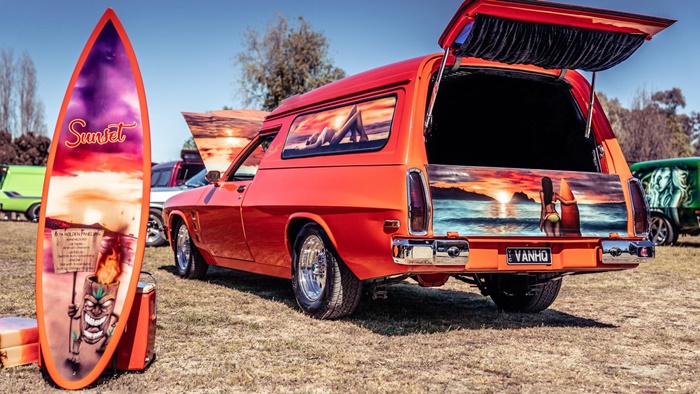
We check out some airbrushed wonders from Down Under
Look at them. Just look at them! Slathered in majestic candy paint, adorned with bizarre acid trip airbrushing and rolling on jelly bean mag wheels with mattresses sloshing away in the back. Seriously, if there was ever a car that captured a generation so well, yet would be pretty much impossible to resurrect in our current cultural and political climate, it’s the iconic Aussie panel van. And boy, do they look resplendent in the spring southern hemisphere sun.
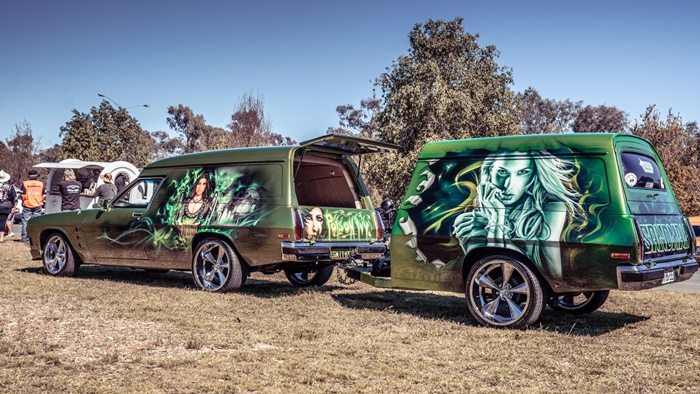
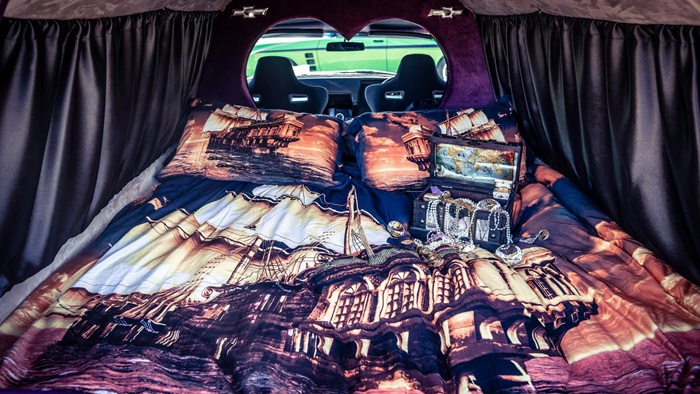
You’ve got America to thank for the invention of the panel van, but it was when these half-car, half-truck Frankenvans wafted their way across the Pacific and hit the shores of Australia at the start of the Seventies that things really took off. See, these slab-sided vans caught the attention of the surfing community who saw an opportunity to put their surfboard on the roof, sleep in the back and wait for the bombs (that’s the waves, to you or I) to roll in. But this was the Seventies, remember. So the post-baby boomers didn’t just see them as a way to efficiently travel from beach to beach, but an opportunity for freedom, expressionism, sexual awakening and rebellion.
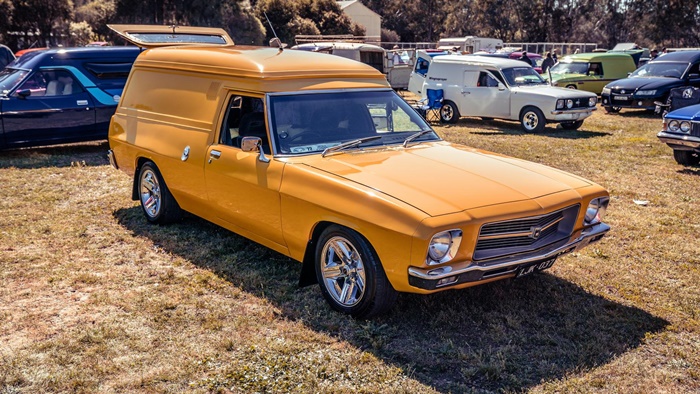
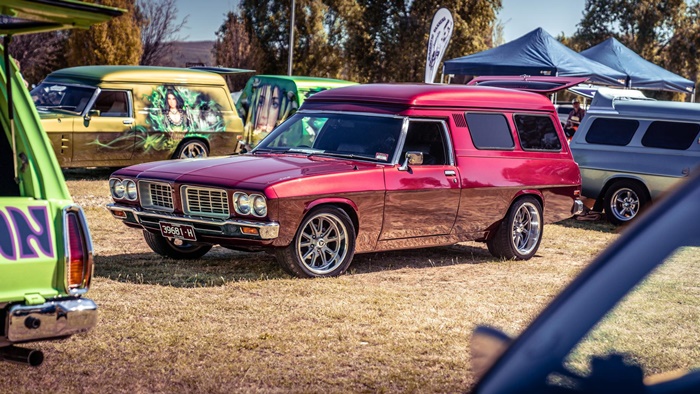
Manufacturers quickly responded. Wanting to get into the lifestyle market (before marketing departments had even invented the term ‘lifestyle motoring’) in 1974 Holden launched the Sandman. It was an instant hit, a zeitgeist bullseye that captured the psyche of the young Australian male of the time perfectly. So Holden’s arch-rival – Ford – hit back with the XB Surferoo – a GS spec panel van with GC exterior stripes, a bonnet with ‘NASA’ scoops, twelve-slot rally wheels and the crucial built-in beer cooler. God bless the Seventies.
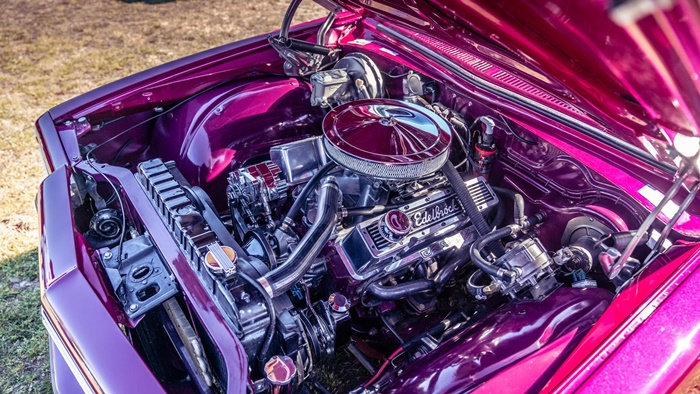
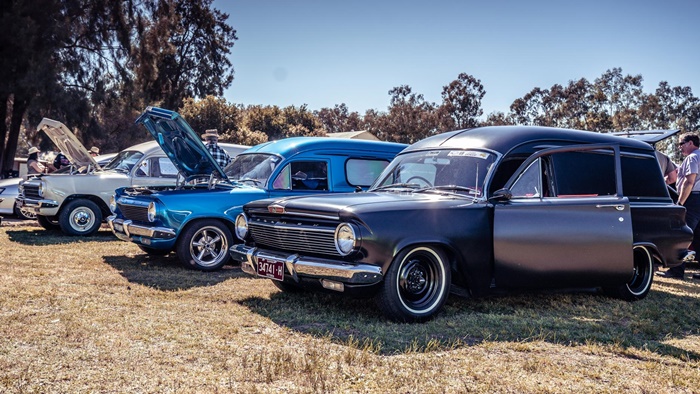
This was just the beginning, though, as hard-sided utes proved to be a prime canvas for customisation. Back then the aesthetic shopping list was simple: the biggest V8 you could get under the bonnet, mag wheels, window curtains, a mattress in the back, pinstriping, bubble windows, self-adhesive mural kits and deep wall-to-wall shagpile carpeting, 8-track tape players and a cocktail bar. Aloha.
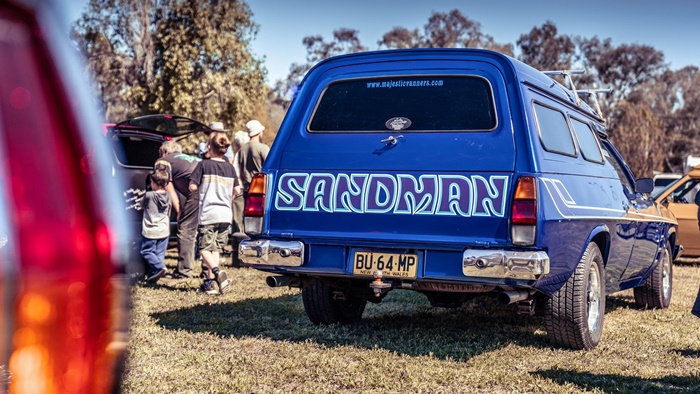
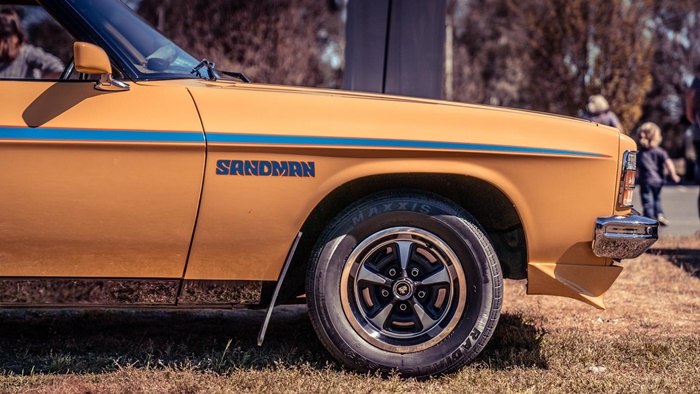
However, if you really wanted to express yourself, you’d grab the airbrush and let your mind literally run wild. As you can tell, there didn’t seem to be any concept of reality within the world of Seventies airbrushing, just that anything was possible. If you could think it, you could commit it to paint. And eroticism and implied violence were seemingly key starting points. From there, things could very much go out of this world as outer space was also an incredibly popular theme. As were wolves. And sunsets. And girls. And medieval weapons. Sometimes, you’d mix all these things into one visual cocktail; a bikini-clad female Viking juggling axes and swords while riding on dolphins made of sequins at a bubble party on Mars, for example.
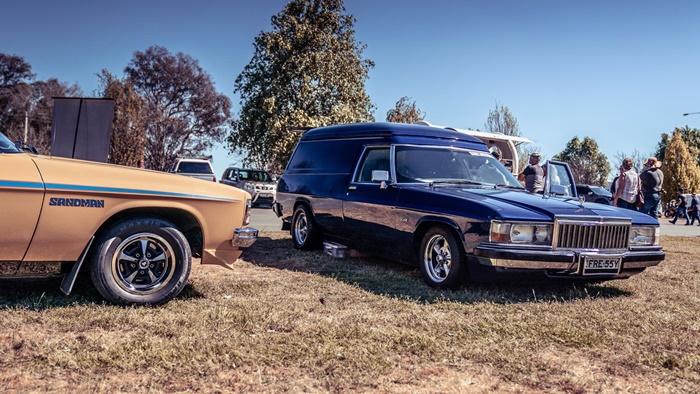
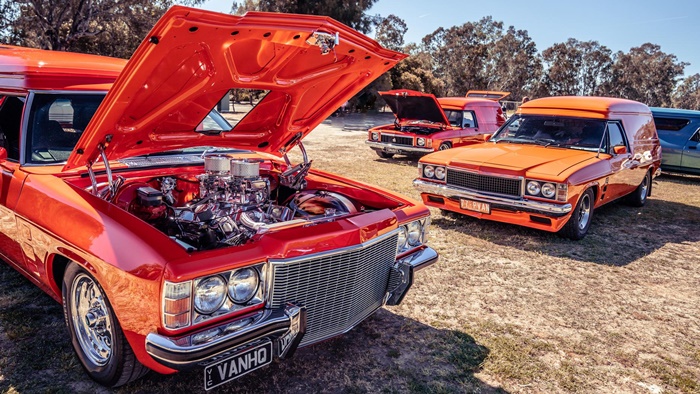
But with a mattress in the back, it didn’t take long for the generation of sexual liberation to find another use for the vans. So much so, they’re colloquially known as ‘Sh*ggin’ wagons’ and the adage “when the wagon’s a-rockin’ don’t come knockin’!” rang around the Aussie coastline.
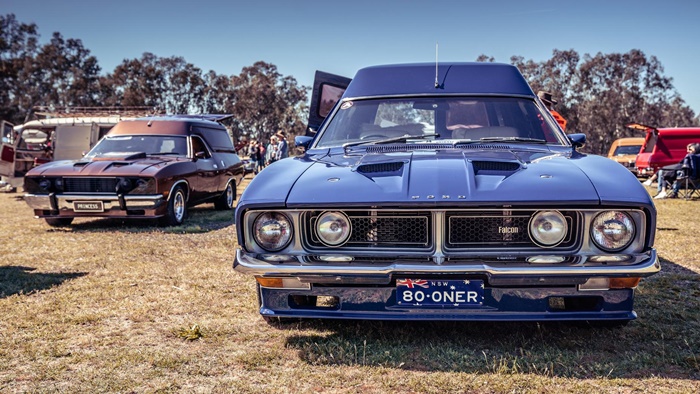
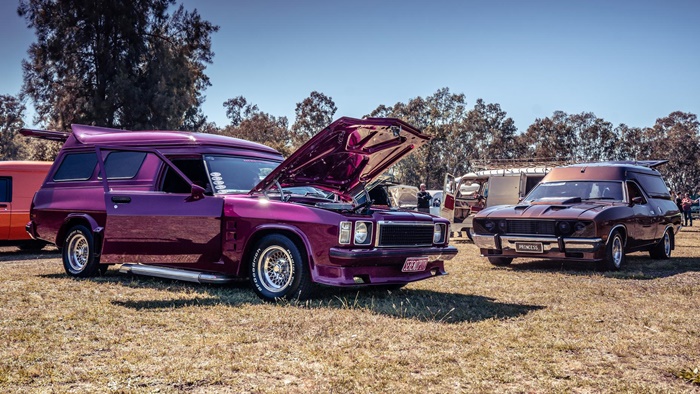
However, the 80s saw the demise of the panel van. When the Holden HZ ceased production, so too did the Sandman. Holden tried to bring back the Sandman courtesy of the VF Commodore in 2015, but it was wide of the mark and a terrible pastiche. Even so, the panel van has since been immortalised in many Hawaiian shirts and even as a national postage stamp. And as we saw when we went to the 7th annual Van-In hosted in Albury, Austrailia recently, there’s still a strong community of enthusiasts who are, umm, still rocking on to this day.
STORY Rowan Horncastle





